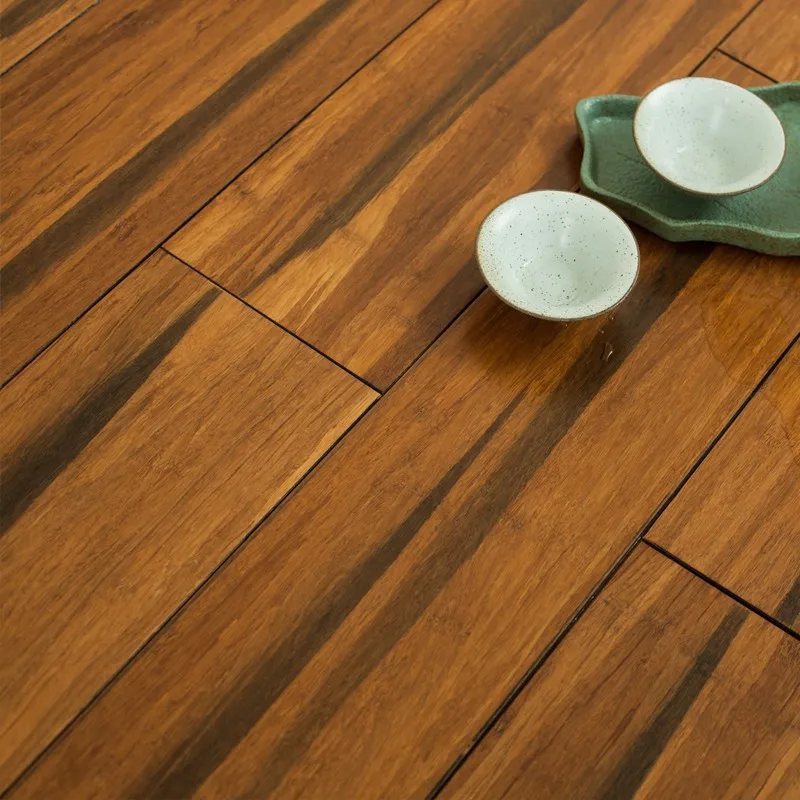
In conclusion, the orthogonal configuration of CL-OBSBs can improve balance expansion and contraction in different directions, thus increasing its dimensional stability.Įffects of bamboo species, adhesives, and steam-heating treatment (SHT) were examined relative to mechanical properties and dimensional stability of oriented bamboo scrimber board (OBSB) made from makino bamboo (Phyllostachys makinoi Hayata) and moso bamboo (P. After the dimensional stability test, the water absorption and volumetric swelling of the four CL-OBSB types ranged between 15.3% and 17.7% and 9.5% to 10.6%, respectively. Furthermore, the shear bond strength (S) showed that the S// value was 1.03 times that of the S┴ value with a wood failure frequency of 97%. Regarding the perpendicular compressive (C┴) strength, because both the CL-OBSB 40%(//) configuration and CL-OBSB have a mid-layer consisting of 60% parallel grain, CL-OBSB 40%(//) holds the largest C┴ value. The high grain content compressed in a parallel direction contributed to superior strength performance. In terms of the ratio of parallel grain, CL-OBSB 80%(//) possessed the highest modulus of elasticity and modulus of rupture values along with the greatest strength. Results of non-destructive testing revealed a linear relationship of parallel grain content with ultrasonic-wave velocity, dynamic modulus of elasticity (DMOEu), tap-tone velocity, and DMOEt values. Physical and mechanical properties were evaluated for cross-laminated oriented bamboo scrimber board (CL-OBSB). However, the mean bending strength (87.5 MPa) of group V was suitable for flooring purposes, in addition, concerned to the orthotropic bending properties of group V, defined as the ratio of bending properties parallel to fiber direction (MOE(para), MOR(para)) to those perpendicular to fiber direction (MOE(perp), MOR(perp)) were 1.28 for MOE(para) to MOE(perp) and 1.20 for MOR(para) to MOR(perp), respectively.The results suggest that it is feasible to evaluate the bending properties of LBF using the DMOE, and group V should be a better choice than the other groups to meet the basic necessities for flooring purposes. The cross-laminated type (group V) of a layered structural design affected the MOE and MOR values significantly less than those of the other groups. Thus, group V should be of a better quality than the other groups from the viewpoint of its dimensional stability. Overall, the mean thickness swelling, water absorption, linear width, and thickness expansion values obtained from group V were smaller than those from the other groups.

The mean linear length expansion value of the cross-laminated layered structure type LBF (group V) was higher than those of the other types. Results indicated that the DMOE can be a predictor of the bending properties of LBF.

A good correlation between the DMOE and modulus of rupture (MOR) values of the LBF was found (R2 = 0.92, p < 0.01). In addition, the dynamic modulus of elasticity (DMOE) calculated from ultrasonic wave velocity was also investigated. The physical and mechanical properties of five different layered structure types of laminated moso bamboo (Phyllosachys edulis) flooring (LBF) were investigated in this study.


 0 kommentar(er)
0 kommentar(er)
